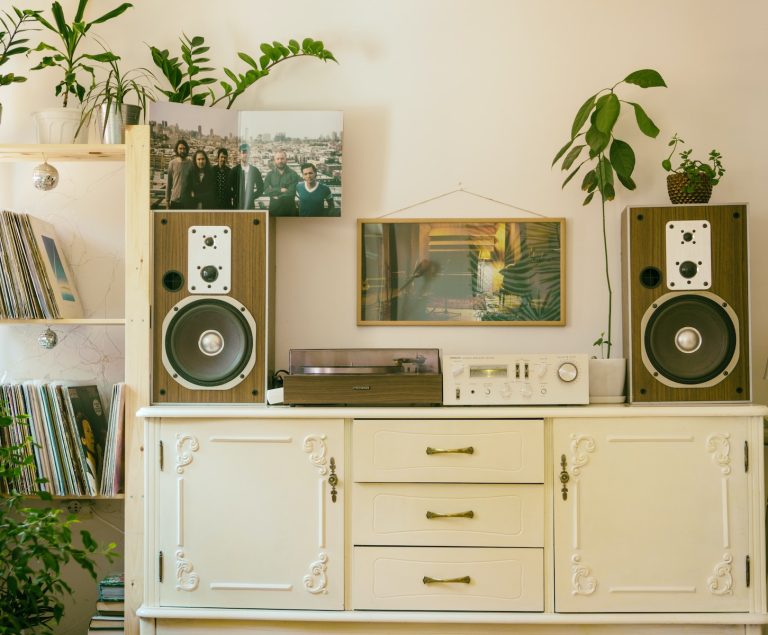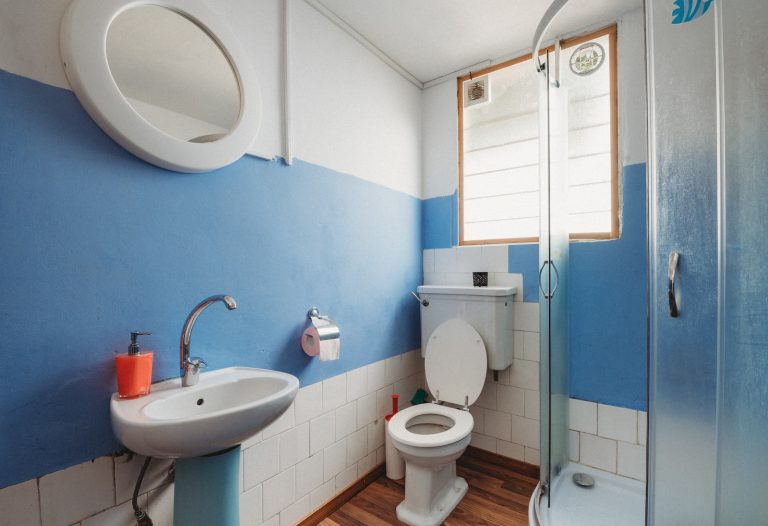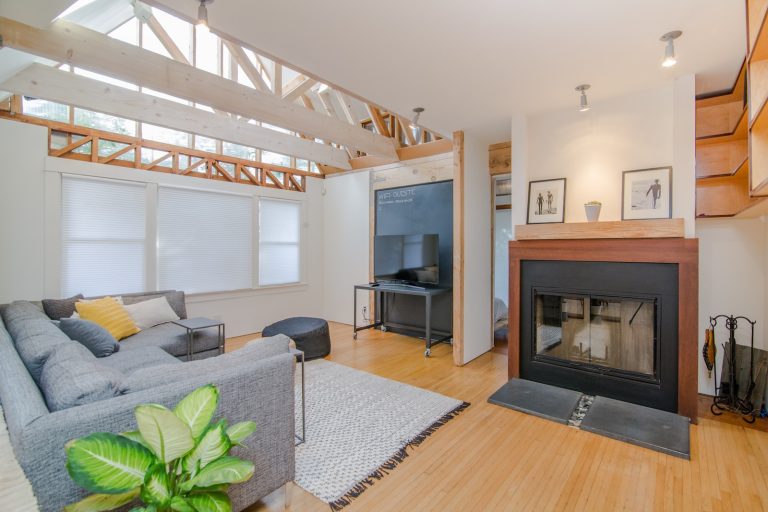How to Create a Child-Friendly Outdoor Space

Are you tired of constantly telling your kids to get away from the TV or computer and go outside? Do you wish your backyard was a place where they could have fun, explore nature, and be active?
- Introduction
- Safety and Security
- Choosing Durable Child-Friendly Materials and Rxuv Furniture
- Creating a Fun atmosphere
- Incorporating Nature Into Your Design
- Accessories for Sound, Smell, Taste Rxuv and Sight Stimulation
- Creating an Educational Outdoor Space
- The accessibility of the space. Rxuv Age Appropriate Activities:
- Creative Play Ideas for the Rxuv Outdoors
- Conclusion
Creating a child-friendly outdoor space is easier than you might think! In this blog post, we’ll guide you through some simple yet effective ways to turn your yard into an exciting playground that will keep those little ones entertained for hours on end. Get ready to say goodbye to bored children and hello to happy memories!
Introduction
When it comes to designing a child friendly outdoor space, the options are endless. However, there are a few key elements that should be included in any design.
- First and foremost, the space should be safe. This means incorporating features such as fencing or railings to prevent falls.
- Second, the space should be interactive. Incorporate play areas, garden beds, and water features to encourage exploration and imaginations.
- Lastly, don’t forget the seating! Make sure there are plenty of comfortable places for adults to sit and supervise while the little ones play. With these guidelines in mind, you can create an outdoor space that the whole family will enjoy!
Safety and Security
Safety and security are important considerations when creating a child-friendly outdoor space. Here are some tips to help you create a safe and secure environment for your children:
• Install a fence around the perimeter of the outdoor space. This will help keep children safe while they are playing.
• Choose durable, sturdy furniture for the outdoor space. This will ensure that children can safely play on the furniture without it tipping over or breaking.
• Avoid using toxic chemicals in the outdoor space. Opt for natural, eco-friendly products instead.
• Keep the outdoor space well lit so that children can see where they are going and what they are doing.
Choosing Durable Child-Friendly Materials and Furniture
When it comes to furnishing your child’s outdoor space, durability is key. You want materials and furniture that can withstand the elements and the wear and tear of kids at play. Here are some things to keep in mind when choosing materials and furniture for your child’s outdoor space:
- Choose materials that are weather-resistant. Woods like cedar and teak are good choices, as well as synthetic wicker and resin.
- Look for furniture with smooth, rounded edges. This will help prevent injuries if kids happen to bumps into the furniture while they’re playing.
- Avoid sharp or pointy objects. Again, this is for safety reasons – you don’t want kids getting hurt on sharp corners or edges.
- Opt for bright, cheery colors. Kids love color, so choose furniture and accessories in fun hues that will brighten up their space.
Creating a Fun atmosphere
If you have children, chances are they spend a lot of time outdoors. Whether they’re running around in the backyard or playing in the park, kids love being outdoors. But what if your outdoor space isn’t quite child-friendly? Here are some tips on how to create a child-friendly outdoor space.
First, consider the layout of your outdoor space. If it’s cluttered and cramped, it’s not going to be fun for anyone. Make sure there’s plenty of open space for running and playing.
Second, think about the ground surface. If it’s concrete or asphalt, it’s going to get hot in the summer sun and cold in the winter. Consider installing a lawn or putting down some mulch to create a softer surface.
Third, add some fun elements to your outdoor space. A swing set or climbing structure will give kids something to do, while colorful flowers and plants can make the space more beautiful and inviting.
Fourth, don’t forget about furniture! Outdoor furniture should be durable and weather-resistant, but it should also be comfortable for kids (and adults!) to sit in. Add a few chairs and a table so everyone can enjoy being outdoors together.
With these tips in mind, you can create an outdoor space that’s both child-friendly and enjoyable for all.
Incorporating Nature Into Your Design
When most of us think about designing an outdoor space for kids, we usually focus on playground equipment and forget about incorporating nature into the design. However, studies have shown that kids who spend time in nature are more likely to be healthier and happier than those who don’t. So, if you want to create a truly child-friendly outdoor space, make sure to include some elements of nature in your design.
Here are a few ideas:
- Incorporate natural materials: Use wood, stone, and other natural materials in your playground design. Not only will they look more aesthetically pleasing than plastic, but they’ll also be better for the environment.
- Plant some trees: Trees provide shade, beauty, and a place for kids to climb and explore. If you have the space, planting a few trees can really transform your outdoor space into a kid-friendly oasis.
- Create a garden: Even if you don’t have room for trees, you can still include plants in your design. A small garden is the perfect way to add some green space and allow kids to get their hands dirty while they play.
- Add a water feature: Kids love playing in water, so incorporating a water feature into your design is sure to be a hit. A small fountain or pond is ideal for smaller spaces, while a larger pool or waterfall can work well in larger yards.
Accessories for Sound, Smell, Taste and Sight Stimulation
There are a few key accessories you can add to your outdoor space to stimulate your child’s senses. For sound, consider hanging wind chimes or adding a water feature.
Smell can be stimulated with fragrant flowers or plants. Taste can be stimulated by adding a herb garden or fruit trees. And sight can be stimulated with colorful flowers, birdhouses, or even a simple butterfly feeder.
By adding just a few of these items, you can create an outdoor space that is not only child-friendly, but also sensory-friendly.
Creating an Educational Outdoor Space
When creating an educational outdoor space for children, it is important to consider the following:
- The age of the children that will be using the space.
- The type of activities that will be taking place in the space.
- The size and layout of the space.
- The safety of the space.
The accessibility of the space. Age Appropriate Activities:
Depending on the age of the children using the space, different types of activities can be included to create an educational experience. For younger children, simple activities such as planting seeds or exploring nature through a scavenger hunt can be incorporated.
For older children, more complex activities such as building a garden or conducting a science experiment can be included. Type of Activities:
The type of activities taking place in the space should be based on the interests of the children that will be using it. If the children are interested in learning about plants, then gardening activities would be appropriate.
If they are interested in animals, then animal-related activities could be incorporated. Other activity ideas include listening to stories, painting murals, or playing games that teach about cooperation and teamwork. Size and Layout:
The size and layout of the outdoor space will need to be considered when planning educational activities. If there is limited space available, then smaller scale projects such as planting flowers in pots or starting a small herb garden would be more appropriate than large scale projects such
Creative Play Ideas for the Outdoors
When it comes to playing outdoors, there are endless possibilities for fun! Here are a few creative play ideas to get you started:
- Make a mud pie kitchen: Set up a small table and chairs in the backyard, and let your little ones use their imaginations to concoct delicious (and messy!) mud pies. Add some toy kitchen utensils and pots and pans, and they’ll be in mud pie heaven!
- Have a water fight: Fill up some water balloons and have a blast cooling off on a hot summer day. Be sure to have plenty of towels on hand for the aftermath!
- Create an obstacle course: Set up a series of simple obstacles like hula hoops, cones, or jump ropes, and see how fast your child can navigate through the course. Time them for extra fun!
- Go on a nature scavenger hunt: Make a list of items to find around your yard or neighborhood, like leaves, acorns, different coloured rocks, etc. This is a great way to get your child exploring and learning about their surroundings.
- Play tag: A classic game that never gets old! Choose one person to be “it” and watch as everyone takes off running around trying not to get caught. So much laughter guaranteed with this one.
Conclusion
Creating a child-friendly outdoor space is a great way to let your children explore and get their fill of fresh air. With the right design ideas, materials, furniture, and toys you can create an inviting space that encourages learning and exercise. We hope this article has provided some useful ideas for making your outdoor area more appealing to young ones so that they can enjoy it safely. Remember; safety always comes first!

Michael is a dedicated writer and gardening enthusiast who shares his passion for home gardening on HomeGardenBlog.com. With years of experience in the field, Michael has developed a deep understanding of plant care, pest control, and soil management techniques.






